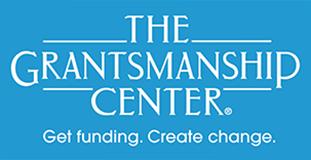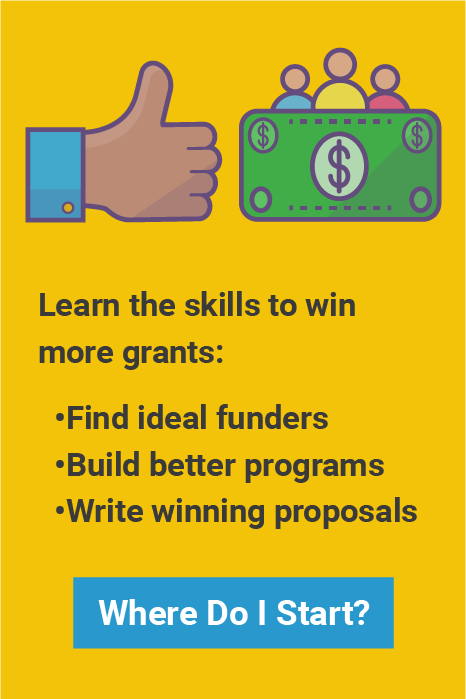
Nonprofits addressing economic and social justice themes—in fact, virtually all nonprofits—ought to be familiar with the term, intersectionality. It was introduced by scholar and advocate Kimberle Williams Crenshaw in 1989 and it has its roots in civil rights activism and scholarship, and in the lives and lessons of DuBois, Douglass and Truth. And it’s turning up in the conversations between funders, community organizations and others who want to use grants to change the world.
In simple terms, it means that traits or characteristics in a person do not exist independent of each other. A Black returning citizen who is a devout Muslim and partially paralyzed is not “just” a Black person, nor “just” an ex-offender, not “just” disabled – he is all of those things at the same time. His identity is multiplex and to act on the basis of only one dimension is to overlook the impact of all the others.
For nonprofit program designers and managers, this means listening even more acutely to your clients and stakeholders. It means asking people who they are, how they self-identify, what things about them are invisible to the rest of us. It means more rigorous work and far less stereotyping—all good processes and all designed to yield better programs.
“Start with a dialogue to understand the lived experiences of the people you intend to partner with,” said Cynthia Reddrick, senior associate at Cause Effective. She outlined a clear hypothetical: early child development needs to be holistic because so many factors come into play—parents and grandparents, siblings, community connections and relationships.
Reddrick argued for the development of logic models to map out what a nonprofit plans to do and how it plans to do it. And she put heavy emphasis on the importance of a theory of change for a program that is supposed to help people move from A to B. “This is where feedback and input are so important,” she said, “because through it we can establish a dialogue with everyone and we avoid assumptions. This is where we can find out how people want to be treated.”
By opening the process to this kind of rigorous and generous exploration, nonprofits can avoid the mistake of putting people in one-dimensional silos. “Who someone is” ignores what intersectionality is about: people are many things all at once and good program planning reflects that truth.
Thomas Boyd is Chief Editorial Consultant for The Grantsmanship Center
and an independent consultant to nonprofit organizations.



